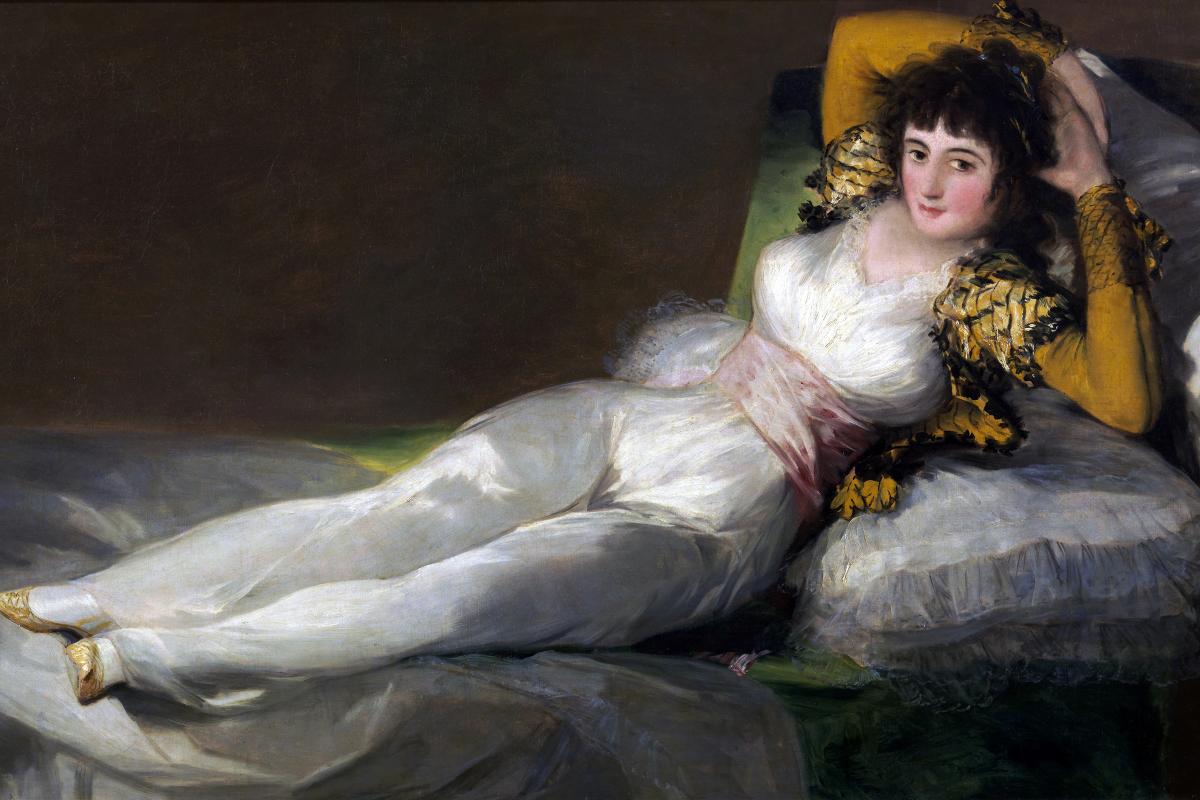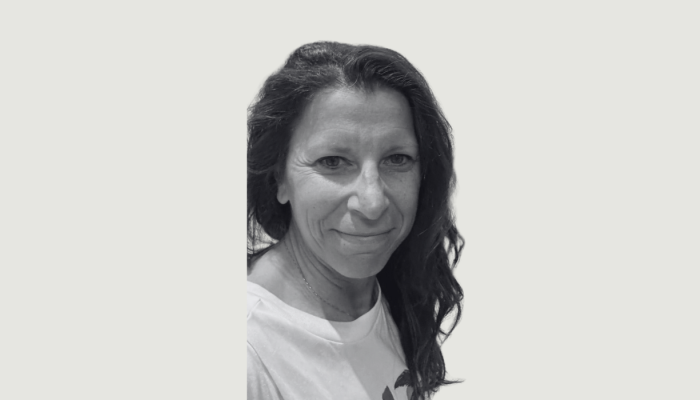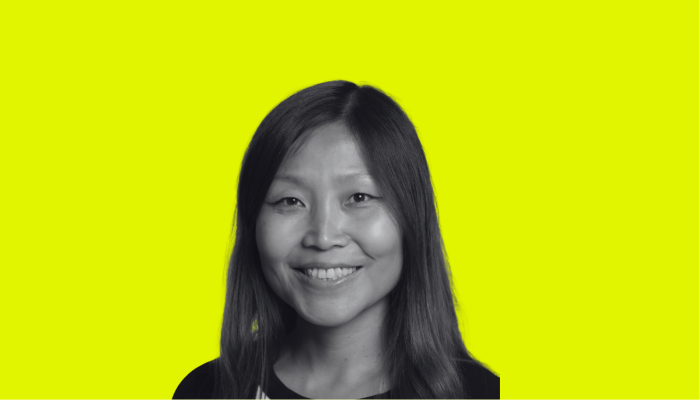I recently attended the splendid exhibition of Goya portraits at The National Gallery in London.
I had previously considered Francisco de Goya y Lucientes a painter of martial horrors and grim nightmares. He was clearly deeply moved by the cruelty on all sides in the Peninsular War. And, following an illness in his mid-40s, for much of his life he was profoundly deaf, a condition which no doubt precipitated dark thoughts.
But Goya’s portraits are light, fresh and vivacious. He characterises Spanish nobles and royalty as warm and approachable; academics, soldiers and clergy as thoughtful and affable. Their humanity reaches out to us across the centuries. Some scholars attribute the vibrancy of Goya’s work to the fact that he added the final highlights to his pictures at night. In his Self Portrait before an Easel you can see how he had adapted his hat to carry candles.
Goya may not have been quite the tortured artist of my imagination. He died at the ripe old age of 82 in an era when the average life expectancy in Spain was 40. And he was painting right up until the end. What was the key to his long, productive career?
Well, firstly Goya must have been graced with supreme skills in client management. He survived turbulent times as the Spanish court underwent one regime change after another: from the Inquisition to the Enlightenment to the return of reactionary conservatism; from Spanish Kings to English generals to Napoleon’s puppet rulers. After the departure from Madrid of the imposed French monarch, a number of Goya’s paintings were denounced as ‘obscene’ by the reinstated Inquisition and the artist was obliged to go through a ‘purification’ process to clear him of collaboration. But somehow Goya clung on his position at court. It made me think of the somersaults an Agency undertakes to retain business through the merry-go-round of CEOs and Marketing Directors.
Goya’s recipe for career longevity certainly includes perseverance and principle. A few years before his death, the artist’s finances were in a terrible mess. Yet he stubbornly refused to reissue his most successful series, Caprichos, in order to generate funds. He wrote to a Spanish friend, ’I’ve no more sight. No hand, no pen, nor inkwell. I lack everything – all I’ve got left is will.’
However, perhaps the critical determinant of Goya’s long and successful career was his appetite for new skills and new forms of expression.
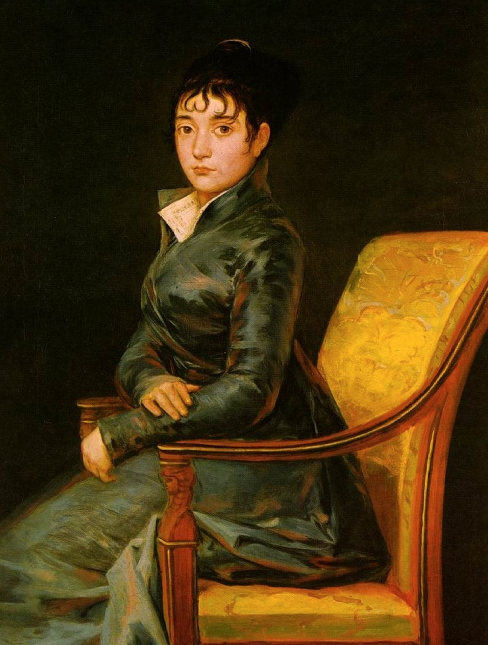 |
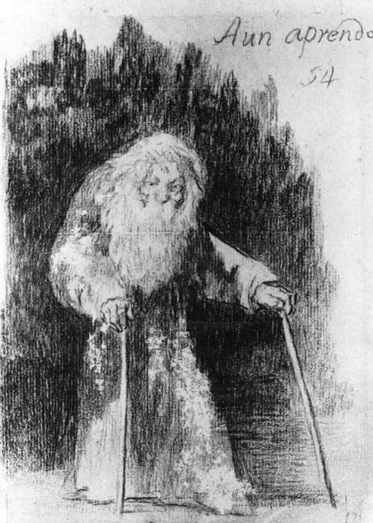 |
Goya only started painting portraits at the age of 37. Before then he had been making a successful living as a religious artist and tapestry designer. He was a master of etching, but late in his career he embarked afresh on a series of miniatures in ivory and he taught himself the new techniques of lithography (drawing directly onto limestone).
Towards the end of his life Goya created a rather moving black crayon etching of an old man with a long grey beard hobbling along on two walking sticks. It carries the inscription ‘I am still learning’ (‘Aun aprendo’).
It was around this time that a friend wrote of Goya, ‘He is deaf, old, awkward and weak…But so happy and anxious to see the world.’
If we want to raise the bar, do we have to lower the tone?
‘There is an inherent conflict between that which is highly viewable and that which is highly illuminating.’ William F Buckley.
I commend to you the recent documentary film Best of Enemies. It tells the story of the 1968 televised political debates between two ‘public intellectuals’ at the height of their powers, William F Buckley and Gore Vidal. Buckley was the hero of modern conservatism; Vidal was a leading novelist and liberal critic.
The ABC television network, coming a distant third in the ratings war behind NBC and CBS and working with a constrained budget, commissioned the debates to liven up its coverage of the 1968 Republican and Democratic conventions. (‘The Unconventional Convention Coverage.’) Buckley and Vidal were invited to consider the issues raised by the day in conference and the broader political context. ABC got more than they bargained for. Intellectual blows were landed, insults flew and ratings soared.
The debates demonstrated that the public had an appetite for intelligent discourse, but only if it was delivered with the added sauce of confrontation and conflict. The coverage ushered in the combative approach to politics that has cursed American television news discussion ever since.
‘Argument is sugar and the rest of us are flies.’ Richard Wald, Former ABC News Senior VP.
It would be easy to concede that the public have always had a taste for strife. But we should beware of confusing long-held convention with timeless truths.
I suspect the American audience of the late ‘60s was responding to an era of polite media consensus. They wanted change. Is not the reverse true in the modern world? Are we not fatigued with artificial altercations and bar room bickering?
Could there possibly be a growing appetite for serious, intelligent debate without the staged spats and squabbles?
Beauty beyond reach
‘We’re not ugly people.’ Carol.
The magnificent movie Carol conjures up romance in the New York of 1952.
It’s a beautiful world of bulbous cars, wide shouldered overcoats and streamlined dresses; of fur coats, clutch bags and cat eye sunglasses; of bright reds, coral and taupe; of dry martinis in the Oak Room and endless cigarettes.
It is a world of inordinate beauty, but one where the ultimate beauty, true love, is elusive. It is seen through car windscreens, obscured by crowded rooms; it is just out of reach, observed from a distance; it is mediated by convention and bigotry.
In marketing we’re endlessly endeavouring to make our brands more accessible and attainable. But there’s a special romance, a special beauty, about that which we can’t attain; that which is just out of reach.
‘Too far away from you and all your charms. Just out of reach of my two empty arms.’ Just Out of Reach (Of My Two Empty Arms)/ V Stewart/Performed by Solomon Burke.
http://www.jimcarrollsblog.com
Read more from Jim here.
